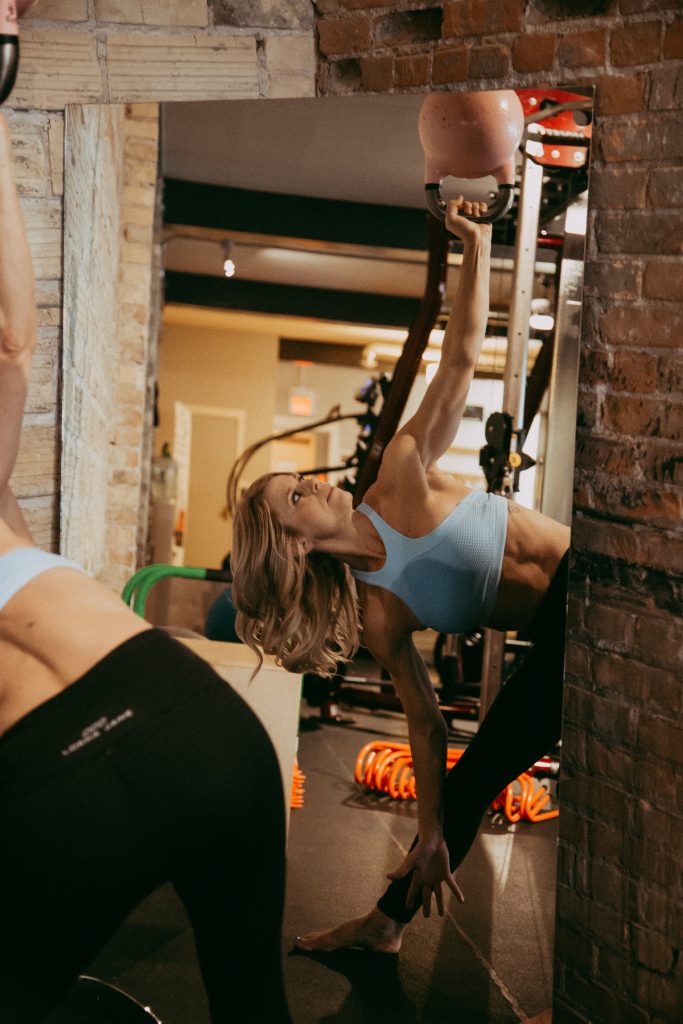When we train it is vital to include mobility! Most likely when thinking of kettlebell training you do not think of mobility training. In fact, there are a lot of movements with kettlebell that involve mobility such as the infamous windmill, mobility presses, mobility squats etc. When looking at your training you must look at and include mobility
Our bodies were made and designed to move. To push, pull, crawl, walk, jump, squat, hinge, throw, turn, twist, stretch, kick, run, hop, roll . . . our bodies are made for this but if we do not pay attention we will lose many of these functions.
A survey by the Institute for Medicine and Public Health revealed that adults spend an average of approximately fifty-five hours a week sitting in a chair, whether we are watching television, using a computer or tablet, driving, or reading. The reality is less movement in our daily lives will overall affect our mobility and our very reality essence of longevity.
Through many years of fitness, I had focused on strength and cardiovascular training alone. As time went by I realized mobility must be incorporated into programming. If a person can lift heavy and run far but they cannot easily complete functional mobility tasks this will hinder their quality of life. I started to take note and watch people as they did daily activities and tasks. Things like reaching for dishes in cabinets, getting off the couch, climbing out of swimming pools… all daily functional tasks. As my mindset changed I began to implement kettlebell with mobility. Longevity is often overlooked in trendy and high- intensity routines. It is important to circle your training back to what matters most. Implementing strength, cardio and mobility so that you are preserving the body and not breaking it down.
Now, the kettlebell is by far one of the very best tools to do that; getting the cardio-respiratory benefit without any impact issues (the kettlebell is known for that), lifting weights which helps with bone density and muscle atrophy, and also reaction, timing, balance and physical strength, mobility and confidence.
Now, as we all know as trainers and fitness educators, there are two reasons to follow an exercise program:
Performance enhancement ; a solid exercise program is meant to improve your ability in a specific sport. Therefore triathletes, basketball players, tennis players, swimmers, and all other professional athletes take part in a regular, regimented, and prescribed strength and conditioning routine.
Injury prevention: as you train, work out, or exercise (all interchangeable terms), you are fortifying and balancing your body. Correct exercise should never lead to injury. While minor injuries can be common when playing a sport, it is not okay to get hurt lifting a weight or a kettlebell. Exercises are made to fortify your body and aid injury prevention.
Now, if we can apply this concept to kettlebell training with mobility we can help clients:
- move and live better – performance enhancement
- prevent injury – from falls, weakness, instability and sedentary inactive muscles
Your opposing muscles and muscle groups are supposed to work together but it doesn’t always mean that they do! Muscles must be balanced in terms of mobility, strength, flexibility, and range of motion. Training with the kettlebell can help with the balance of these factors. Leaving you with a fit body that will encompass longevity!









